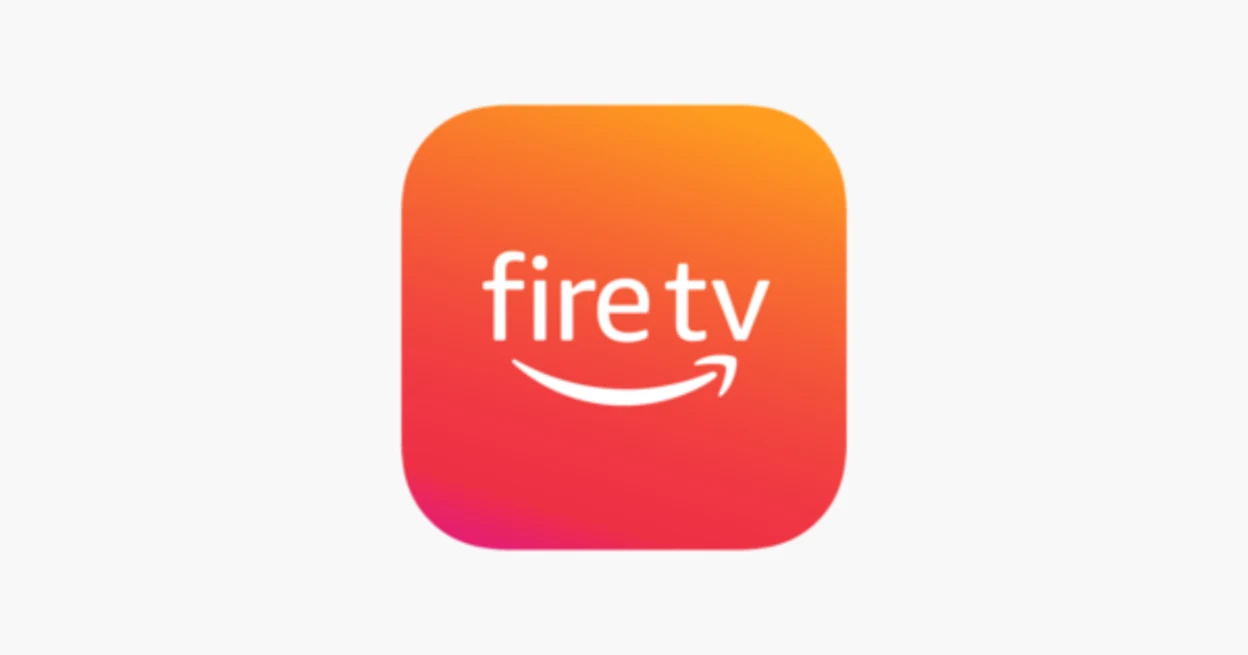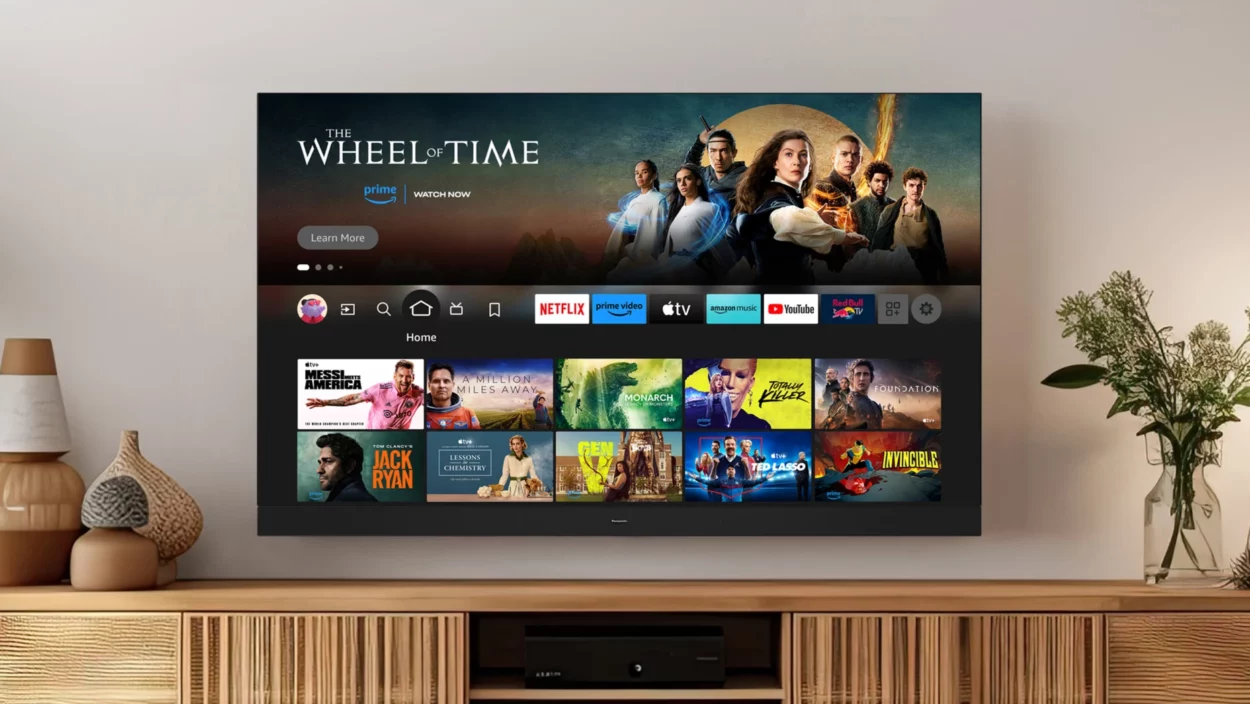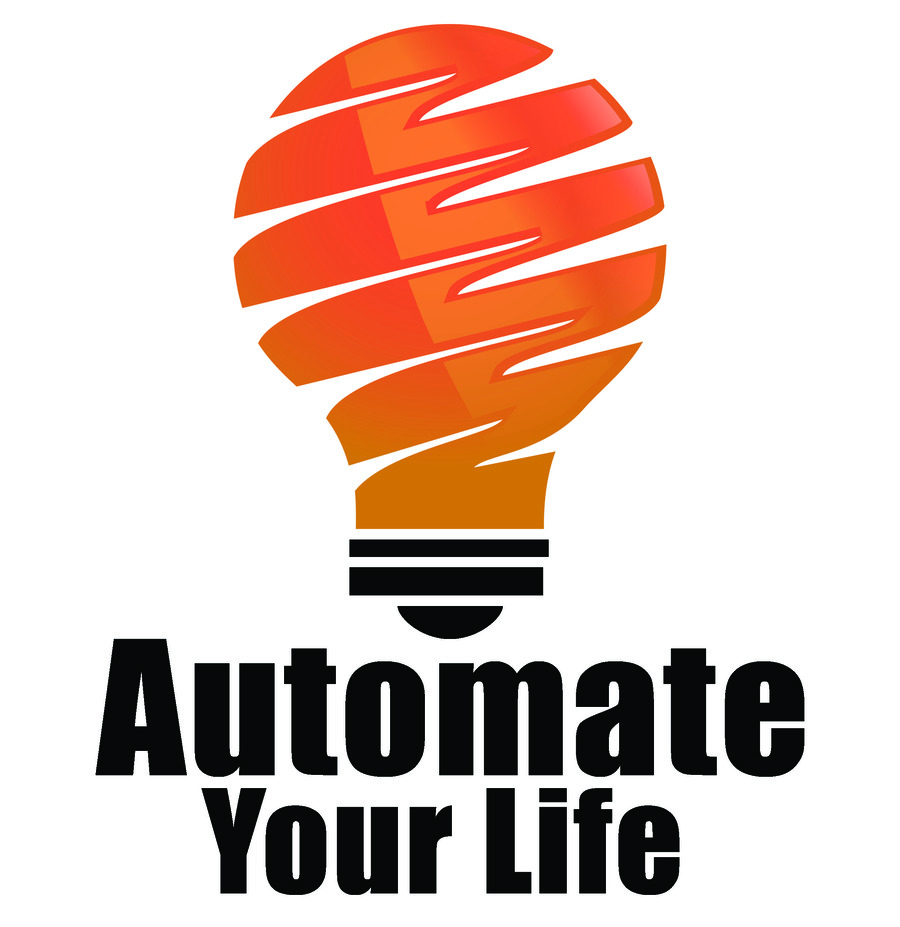The battle for casting supremacy just got a new contender. At CES 2024, Amazon unveiled Matter Casting, its answer to well-established players like Google’s Chromecast and Apple’s AirPlay.
But unlike its predecessors, Matter Casting throws a curveball by leveraging the emerging Matter smart home standard, potentially paving the way for a more unified casting future.
Beyond the hype, what does Matter Casting truly offer? In this article, we will take a grounded look at its technology, its potential benefits, and the hurdles it faces in its quest to unify the fragmented world of casting, So stick with me to learn more about it.
By continuing to use this website you agree to our Terms of Use. If you don't agree to our Terms, you are not allowed to continue using this website.
What is Matter Casting?
Matter Casting is a new standard for seamlessly throwing content from your smartphone or tablet to smart TVs and displays, similar to existing solutions.
However, instead of relying on proprietary protocols, Matter Casting builds upon the Matter smart home standard, aiming to create a more interoperable and device-agnostic casting experience.
This means, in theory, you could cast content from your Android phone to an Amazon Fire TV or even a Samsung smart display, as long as they’re all Matter-compliant.

Why does it matter?
The current casting landscape needs to be more cohesive. Chromecast dominates the Android ecosystem, while AirPlay reigns supreme in the Apple world.
This creates friction for users who want to seamlessly cast across different devices and platforms. Enter Matter Casting, which promises to break down these walls by offering a single, open-source solution.
This could potentially lead to:
- Wider device compatibility: With Matter gaining traction across various brands, Matter Casting has the potential to work across a broader range of smart TVs and displays, regardless of their manufacturer.
- Smoother casting experience: By standardizing the casting process, Matter Casting could eliminate compatibility issues and lag that often plague current solutions.
- Openness and innovation: The open-source nature of Matter Casting encourages further development and customization, potentially leading to more innovative casting features in the future.
Is Matter Casting the Chromecast and AirPlay killer?
Not so fast. While Matter Casting’s potential is undeniable, it’s still in its early days. Challenges remain:
- Limited initial compatibility: Currently, Matter Casting only works with the Amazon Echo Show 15 and Prime Video app on iOS and Android. Support for other devices and apps is set to expand, but it might take time.
- Existing ecosystems won’t vanish: Google and Apple have established strong footholds in the casting market. It’s unlikely they’ll abandon their own well-developed technologies immediately.
- Adoption hurdles: Matter itself is still in its infancy, and widespread adoption across the smart home industry is crucial for Matter Casting’s success.

How Matter Casting Ticks?
- Variations in implementation: While individual manufacturers have some flexibility in implementing Matter, the Zigbee Alliance has announced stricter certification requirements to ensure consistent performance and interoperability across devices. This should minimize compatibility issues and improve the overall user experience.
- New features and optimizations: Some companies like Samsung showcased at CES how they’re building on the Matter framework to add unique features to their Matter Casting implementations. For example, Samsung demonstrated using Matter Casting for low-latency multi-room audio playback across Samsung SmartThings devices.
Security considerations
With smart home technology advancing every single day, there always has been been studies around security threats with any new device or software that is released in the market for consumers. And for Matter here are the security considerations:
- Encryption protocols: Matter Casting utilizes robust encryption protocols like AES-256 and TLS 1.3 to secure all communication between devices. Additionally, Matter devices utilize secure chipsets and cryptographic verification for secure identification and authentication.
- Transparency and user control: The Matter specification emphasizes user control and transparency regarding data privacy. Users will have clear visibility into what data is shared and with whom, and they can manage their privacy settings accordingly.
Latency and bandwidth
The Matter protocol utilizes several techniques to minimize latency, such as channel hopping and adaptive data rates. This ensures smooth and responsive casting even for demanding content like UHD video games.
Matter devices can negotiate bandwidth usage based on network conditions and the type of content being streamed. This helps prevent network congestion and ensures optimal performance for all connected devices.
Do you know what’s interesting? There are still some additional details and insights about Matter Casting, as well as the broader casting landscape at CES 2024, that have yet to be uncovered.

Beyond Amazon
- Samsung’s involvement: While Amazon spearheaded Matter Casting, Samsung announced its support for the standard within its upcoming Tizen-powered Smart TVs. This broader industry backing strengthens Matter Casting’s potential for wider adoption.
- Other potential adopters: Companies like LG, Panasonic, and Philips Hue expressed interest in exploring Matter Casting integration, hinting at further expansion within the smart home industry.
Technical Advancements:
- Low-latency casting: Matter promises improved casting performance with reduced latency, thanks to optimized data transmission protocols within the standard. This could significantly enhance the real-time experience for video streaming and gaming.
- Multi-room casting: The potential for seamless casting across multiple Matter-enabled devices in a single home was hinted at, enabling synchronized music playback or multi-screen content sharing.
- Voice control integration: Integrating Matter Casting with existing smart home voice assistants like Alexa and Google Assistant could lead to even more intuitive and hands-free casting experiences.
Emerging Use Cases:
- Interactive content casting: Developers could leverage Matter Casting for interactive experiences like casting games to a TV while using your phone as a controller or casting personalized workout routines with on-screen guidance.
- Augmented reality casting: Imagine casting a virtual furniture model onto your living room floor from your phone using Matter Casting, allowing you to visualize how it would look before purchase.
- Cross-device collaboration: Seamlessly casting presentations or documents from your laptop to a smart display in a conference room, regardless of their different operating systems, could revolutionize teamwork and collaboration.
Main Problems With Matter
The two main problems with Matter right now are:
- Challenges with Multiple Thread Networks: Matter devices often utilize Thread, a networking protocol for local communication. However, having multiple Thread networks within a home can lead to complications. This can result in devices struggling to communicate effectively or efficiently with each other.
- Glitches when Using Multiple Platforms: Another issue arises when attempting to control Matter devices using more than one platform simultaneously. Inconsistencies in how different platforms implement the Matter standard, or how they interact with other protocols, can lead to glitches. For instance, if one platform controls devices via Matter while another uses a different protocol, conflicts or compatibility issues may occur between the two platforms.
Conclusion
- The Great Casting Showdown has taken a dramatic turn at CES 2024, with Amazon throwing down the gauntlet with Matter Casting. This bold move represents a seismic shift in the casting landscape, challenging the established dominance of giants like Chromecast and AirPlay. But while the potential of Matter Casting for a more open and interoperable future is undeniable, its path to victory is not without its obstacles.
- Limited initial compatibility, existing ecosystems, and technical hurdles present significant challenges. Yet, the promise of seamless casting across diverse devices, smoother performance, and open-source innovation makes Matter Casting a compelling alternative. As Matter gains traction and device support expands, its impact on the casting landscape could be transformative.
- Ultimately, the future of casting remains uncertain. Whether Matter Casting dethrones the established players or carves out its own niche depends on its ability to overcome challenges, win over users, and foster a vibrant ecosystem of development. Regardless of the outcome, one thing is clear: the battle for casting supremacy has entered a new chapter, and the possibilities for seamless, device-agnostic content sharing are more exciting than ever.
- In the coming months and years, the casting story will continue to unfold. Will Matter Casting emerge as the hero of open casting, or will the established kings retain their thrones? Only time will tell, but one thing is for sure: the future of casting will be shaped by the choices we make as consumers and the power of innovation within the ever-evolving smart home industry.

